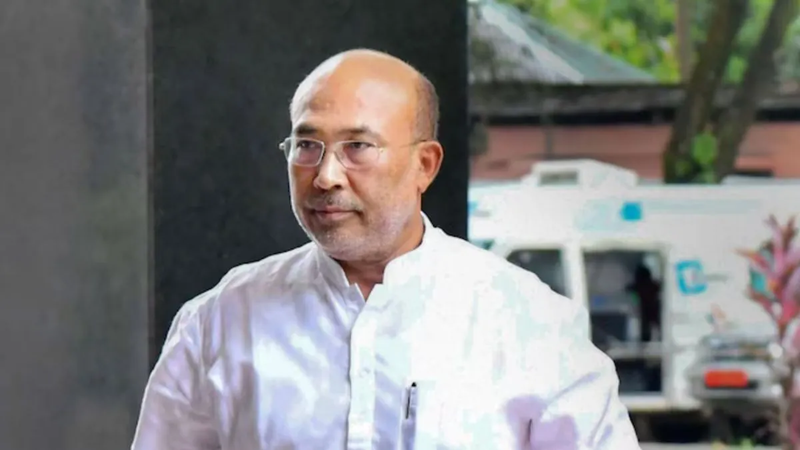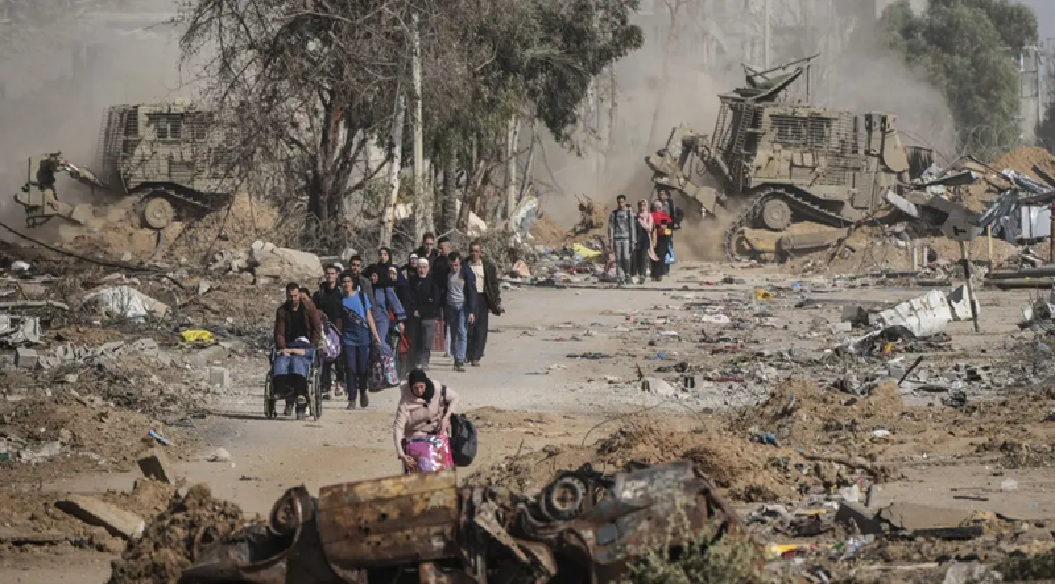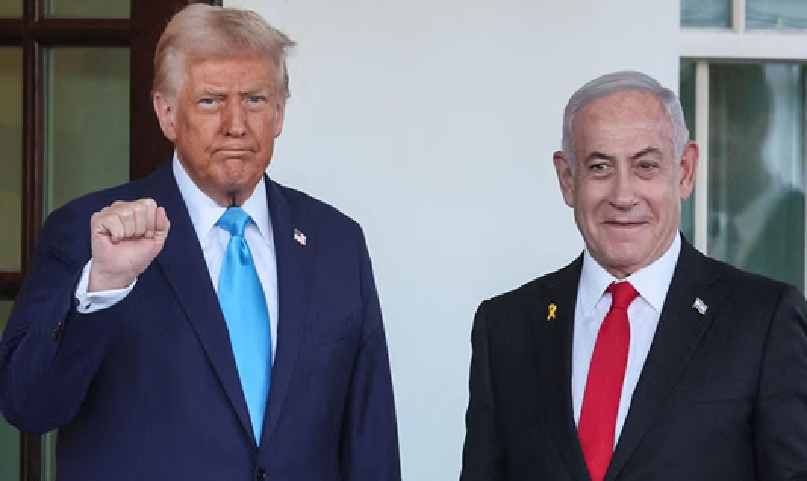.jpg)
Iran after Raisi’s exit
In the death of Iranian President Ebrahim Raisi in a copter crash on Sunday (May 19), Iran has lost a leader who was seen as the prospective successor to nation’s supreme leader Ayatollah Ali Khamenei.
A conservative and hardliner, Raisi was anointed on the top executive post following an election that was widely alleged to be rigged.
He stewarded Iran during the last three years that witnessed tension and tumult due to protest over death of Mhasa Amini a woman who died in police custody in 2022 following detention over inappropriately appearing in public, a term used to describe women not covered in hijab.
The mass protests claimed a death toll of over 500 across Iran. The iron-fisted policy of suppression was seen as sign of his staunch loyalty to the Assembly of Experts that appoints and advises the supreme leader.
While in the early phase of his tenure, Iran appeared to be drawing close to a thaw in its ties with the United States in matters of nuclear policies, the domestic repression proved to be its undoing.
However, under Raisi, Iran made great strides in its “Look to the East” policy in reaching out to China and strengthening its ties with Russia. The deal brokered by China between Iran and Saudi Arabia, two claimants for the status of regional power, can be termed as a vital gain.
The measured response to Israel’s attack on Iranian mission in Damascus served as indication of the wish to not allow conflagration of conflict in the region.
India can however take the MoU signed recently between the two nations granting India the operational rights at Chabahar Port as the parting gift of the regime of the departed President.
 English daily published in Bengaluru & Doha
English daily published in Bengaluru & Doha






